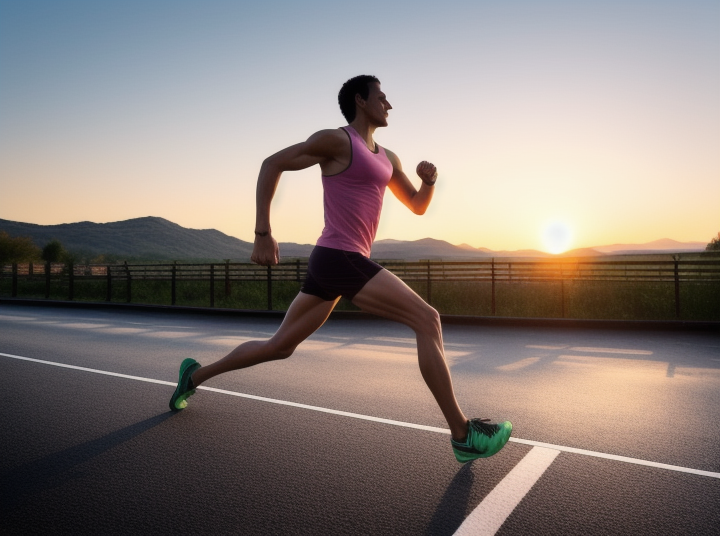The Importance of Effective Stretching for Athletes
As an athlete, you know that keeping your body in peak condition is essential for achieving your goals. From intense training sessions to high-stress competitions, your body is constantly pushed to the limit. That’s why effective stretching is so important.
Stretching helps to increase your flexibility and range of motion, which can help prevent injuries and improve your overall performance. It can also help to reduce muscle soreness and stiffness, allowing you to recover more quickly from intense workouts.
But not all stretches are created equal. To get the most out of your stretching routine, it’s important to focus on exercises that target the specific areas of your body that are most prone to injury.
Here are 10 effective stretching exercises for athletes that you should include in your regular routine:
1. Hamstring Stretches
The hamstrings are one of the most important muscle groups for athletes, as they are used in a wide variety of movements, from running to jumping. To stretch your hamstrings, sit on the floor with your legs extended in front of you, then reach forward and try to touch your toes.
2. Quadriceps Stretches
The quadriceps are located in the front of your thigh and are responsible for powering many of your movements. To stretch your quads, stand with one hand against a wall for balance, then grab your ankle and pull your foot towards your buttocks.
3. Calf Stretches
The calves are another important muscle group for athletes, as they are used in many movements that involve jumping or running. To stretch your calves, stand facing a wall with one foot in front of the other, then lean forward and push against the wall with your hands.
4. IT Band Stretches
The IT band is a thick band of tissue that runs along the outside of your thigh, and is often a source of pain and injury for athletes. To stretch your IT band, stand with your feet shoulder-width apart, then cross your left leg over your right and lean to the left, keeping your right hand on your hip for balance.
5. Hip Flexor Stretches
The hip flexors are a group of muscles located in the front of your hip that are responsible for lifting your leg. To stretch your hip flexors, kneel on one knee with the other foot in front of you, then lean forward until you feel a stretch in the front of your hip.
6. Shoulder Stretches
Athletes often put a lot of strain on their shoulders, which can lead to pain and injury. To stretch your shoulders, stand with your feet shoulder-width apart, then lift your left arm straight up and bend your elbow so your hand is behind your head. Use your right hand to gently pull your left elbow towards your right shoulder.
7. Chest Stretches
The chest muscles are often tight in athletes, which can cause poor posture and limit your range of motion. To stretch your chest, stand in a doorway with your arms outstretched at shoulder height, then lean forward until you feel a stretch in your chest.
8. Upper Back Stretches
Athletes often have tight upper back muscles, which can cause pain and limit your range of motion. To stretch your upper back, sit on the floor with your legs extended in front of you, then bend your knees and place your feet on the floor. Cross your arms over your chest and round your back, bringing your chin towards your chest.
9. Lower Back Stretches
Lower back pain is a common problem for athletes, especially those who engage in high-impact sports. To stretch your lower back, lie on your back with your knees bent and your feet on the floor.
You may like this video!
